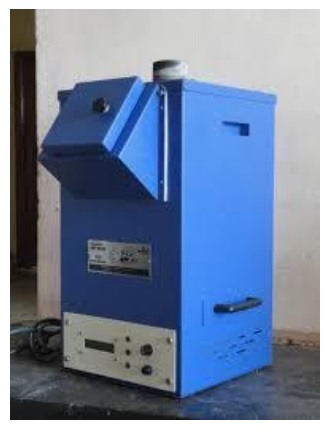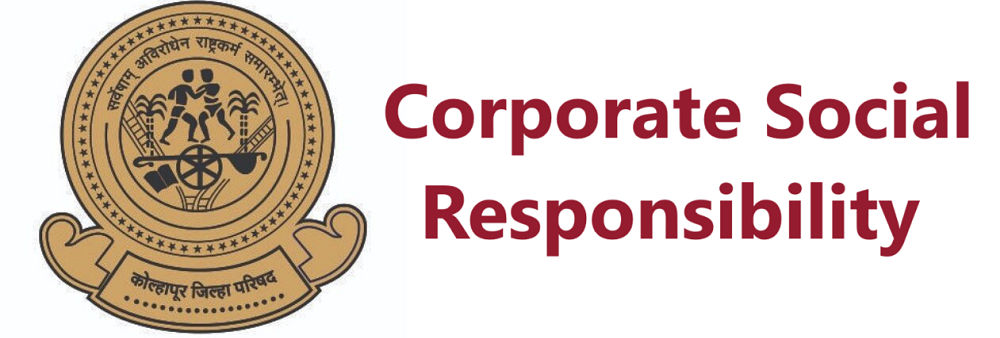
Sanitary waste disposal is a huge problem that needs to be tackled on an urgent basis. Every month, around 353 million women and adolescent girls across India use sanitary products and generate menstrual waste, and this number is growing with each passing day. So, what’s the fuss? The problem lies in the disposal of sanitary waste. Believe it or not, a single woman can generate up to 125 kg of non-biodegradable waste through her menstruating years alone. Studies have shown that one sanitary pad could take from 500 to 800 years to decompose as the plastic used is not bio -degradable, and can lead to health and environmental hazards. Do the math, and you see why this is a critical issue that needs immediate solutions. While most of us wait for governments and manufacturers of sanitary products to offer better solutions, here’s a look at some people who took matters into their own hand, to cut down menstrual waste. Around 48 percent rural women use sanitary napkin while in urban areas the percentage is around 77 percent. (National Family Health Survey (NFHS) 2015-16 report). Recent data provided by Menstrual Health Alliance India states that menstrual waste collected across the country, primarily consisting of sanitary napkins which is disposed of as routine waste along with other household garbage, is 45 percent. Only 2,000 soiled napkins and blood-soaked cotton are disposed of after segregation into biodegradable and non-biodegradable components (Municipal Solid Waste (Management and Handling) Rules). However, the Bio-Medical Waste (Management and Handling) Rules, 1998, says that items contaminated with blood and body fluids, including cotton, dressings, soiled plaster casts, lines and bedding, are bio-medical waste and should be incinerated, autoclaved or microwaved to destroy pathogens.
![]()

